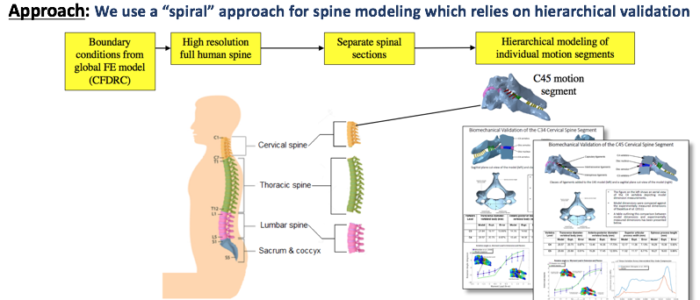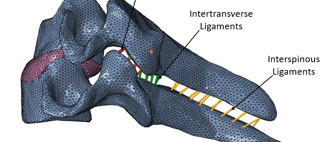Spine Biomechanics
Posted on
In the civilian population, the estimate of people living with a SCI has grown to more than 2 million people worldwide. In both the military and civilian populations, rescue and medical transport play a critical role in long-term outcome. Unfortunately, it is estimated that up to 25% of SCI may occur after the initial insult, either during transit or early in the course of medical treatment. During evacuation the goal is to provide an environment for stable and painless transport that enables optimal neurologic recovery. Air transport, one aspect of civilian and military medical evacuations, is a harsh environment and there has been limited research concerning the effects of aircraft vibration and gravitation on long-term SCI recovery. Understanding all the effects requires multidisciplinary knowledge of the mechanisms of injury, physiology, biomechanics of the spine and the extrinsic operational environment. Furthermore, spinal cord injury and recovery are related to cellular processes which lead us to the question: Do vibrational and gravitational forces during medical transport get translated to cellular damage within the spinal cord? Cellular pathophysiology has provided considerable evidence that microstructural abnormality of white matter integrity in SCI is linked with clinical outcomes. Therefore, our objective is to develop a multiscale model of spinal cord injury that can explicitly predict white matter disruption that can then be used to discover the microstructural effects of immobilization, gravitation and vibrational forces on SCI experienced during medical transport.


